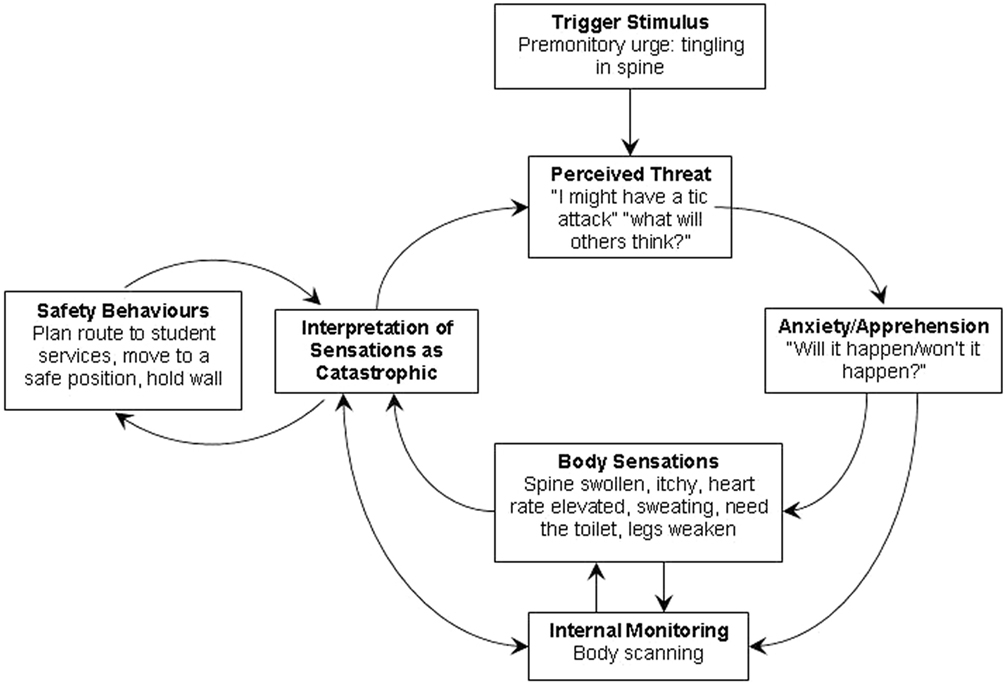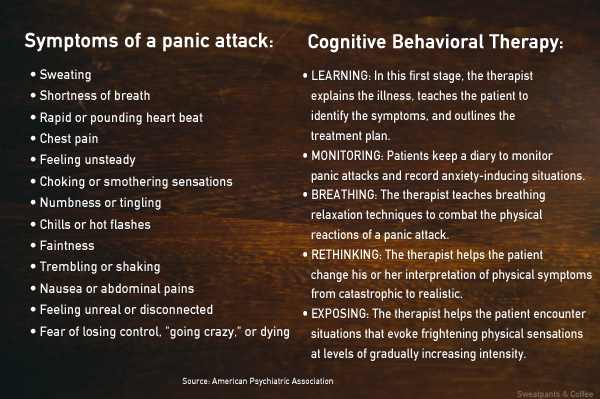Panic attacks, often abbreviated as PAs, are sudden episodes of intense fear or discomfort that can overwhelm an individual. These episodes typically peak within minutes but can leave lasting effects on a person’s mental and physical well-being. Understanding the causes, recognizing the symptoms, and exploring effective treatments are crucial steps in managing this condition. This article delves into the intricacies of panic attacks to provide a comprehensive guide for those seeking clarity and solutions.

What Are Panic Attacks?
Panic attacks are abrupt surges of overwhelming anxiety and fear that occur without any apparent reason. They can strike at any time, even during sleep, and are often accompanied by physical symptoms that mimic serious health issues like heart attacks. While panic attacks themselves are not life-threatening, they can significantly impact a person’s quality of life if left untreated.
Common Characteristics of Panic Attacks
- Sudden onset of fear or discomfort
- Physical symptoms such as rapid heartbeat, sweating, and trembling
- A feeling of losing control or impending doom
- Shortness of breath or chest pain
- Dizziness or lightheadedness
Causes of Panic Attacks
The exact cause of panic attacks is not fully understood, but research suggests that a combination of biological, psychological, and environmental factors may contribute to their development. Below are some of the primary factors that can trigger panic attacks.
Biological Factors
Genetics play a significant role in the likelihood of experiencing panic attacks. Individuals with a family history of anxiety disorders or panic attacks are more prone to developing similar conditions. Additionally, imbalances in brain chemicals, such as serotonin and dopamine, can increase susceptibility to panic attacks.
Psychological Factors
Stressful life events, trauma, and certain personality traits can also contribute to the onset of panic attacks. People who have experienced abuse, neglect, or other traumatic events may be more vulnerable. Similarly, individuals with perfectionist tendencies or those who struggle with excessive worry are at higher risk.
Environmental Triggers
External factors such as major life changes, financial stress, or relationship problems can act as triggers for panic attacks. Even seemingly minor stressors, like traffic jams or crowded spaces, can provoke an episode in susceptible individuals. Substance use, including caffeine, alcohol, and recreational drugs, can also exacerbate the frequency and intensity of panic attacks.
Symptoms of Panic Attacks
Panic attacks manifest through a combination of emotional and physical symptoms. Recognizing these signs is essential for early intervention and effective management.
Emotional Symptoms
- A sense of overwhelming fear or dread
- Feelings of detachment from reality or oneself
- Fear of losing control or going insane
- An impending sense of doom or danger
Physical Symptoms
- Rapid or pounding heartbeat
- Excessive sweating
- Trembling or shaking
- Shortness of breath or a choking sensation
- Chest pain or discomfort
- Nausea or abdominal distress
- Dizziness, lightheadedness, or fainting
- Numbness or tingling sensations
- Chills or hot flashes
Duration and Frequency
Panic attacks typically last between five and twenty minutes, although some may persist for longer. The frequency of these episodes varies from person to person. Some individuals experience occasional attacks, while others may face them daily or weekly.
Treatments for Panic Attacks
Fortunately, panic attacks are treatable, and many individuals find relief through a combination of therapies and lifestyle changes. Below are some of the most effective treatment options available.
Therapy-Based Approaches
Psychotherapy, particularly cognitive-behavioral therapy, is one of the most effective treatments for panic attacks. This form of therapy helps individuals identify and challenge negative thought patterns that contribute to anxiety. It also teaches coping strategies to manage symptoms and prevent future episodes.
Cognitive-Behavioral Therapy
Cognitive-behavioral therapy focuses on changing the way individuals perceive and respond to panic-inducing situations. Through guided exercises and exposure techniques, patients learn to confront their fears gradually and build resilience against anxiety.
Exposure Therapy
Exposure therapy involves gradually exposing individuals to the triggers of their panic attacks in a controlled environment. Over time, this desensitization process reduces the fear associated with these triggers, making it easier to manage symptoms.
Medication Options
In some cases, medication may be prescribed to help manage the symptoms of panic attacks. These medications are often used in conjunction with therapy for optimal results.
Antidepressants
Antidepressants, particularly selective serotonin reuptake inhibitors, are commonly prescribed for panic attacks. These medications help regulate mood and reduce anxiety over time.
Benzodiazepines
Benzodiazepines are fast-acting medications that provide immediate relief during a panic attack. However, due to their potential for dependency, they are typically prescribed for short-term use only.
Lifestyle Modifications
Making certain lifestyle changes can significantly reduce the frequency and severity of panic attacks. These adjustments focus on promoting overall well-being and reducing stress levels.
Regular Exercise
Physical activity is a powerful tool for managing anxiety and stress. Regular exercise releases endorphins, which are natural mood enhancers, and helps regulate the body’s stress response.
Healthy Diet
A balanced diet rich in fruits, vegetables, whole grains, and lean proteins can support mental health. Avoiding stimulants like caffeine and alcohol can also help minimize the risk of panic attacks.
Stress Management Techniques
Practicing relaxation techniques such as deep breathing, meditation, and yoga can help calm the mind and reduce anxiety. Establishing a consistent sleep routine and prioritizing rest are equally important for maintaining emotional balance.
When to Seek Professional Help
While occasional feelings of anxiety are normal, frequent panic attacks warrant professional attention. If panic attacks interfere with daily activities, relationships, or overall well-being, it is crucial to consult a healthcare provider. Early intervention can prevent the condition from worsening and improve long-term outcomes.
Signs That Professional Help Is Needed
- Panic attacks occur frequently or unexpectedly
- Symptoms become increasingly severe over time
- Avoidance behaviors develop, such as avoiding certain places or situations
- Feelings of depression or hopelessness accompany panic attacks
Support Systems and Coping Strategies
Building a strong support system is vital for managing panic attacks. Friends, family members, and support groups can provide encouragement and understanding during difficult times. Sharing experiences with others who face similar challenges can also foster a sense of community and reduce feelings of isolation.
Developing Personal Coping Strategies
In addition to professional treatment, individuals can develop personalized coping strategies to manage panic attacks. These may include keeping a journal to track triggers, practicing mindfulness exercises, or engaging in creative outlets like art or music.
Emergency Techniques for Managing Panic Attacks
During a panic attack, specific techniques can help regain control and alleviate symptoms. These include focusing on slow, deep breaths, grounding exercises like naming objects in the environment, and reminding oneself that the episode will pass.
Breaking the Stigma Surrounding Panic Attacks
Despite growing awareness, stigma surrounding mental health issues like panic attacks persists. Educating others about the realities of panic attacks can help dispel myths and encourage open conversations. By fostering understanding and empathy, society can create a more supportive environment for those affected by this condition.
How to Support Someone Experiencing Panic Attacks
- Listen without judgment and offer reassurance
- Avoid minimizing their feelings or dismissing their concerns
- Encourage them to seek professional help if needed
- Educate yourself about panic attacks to better understand their experience





